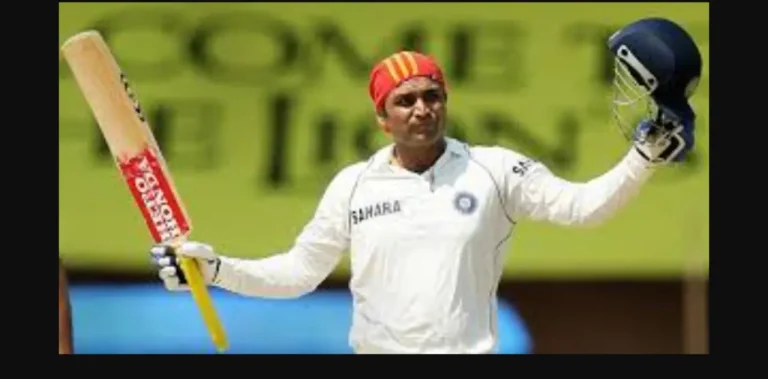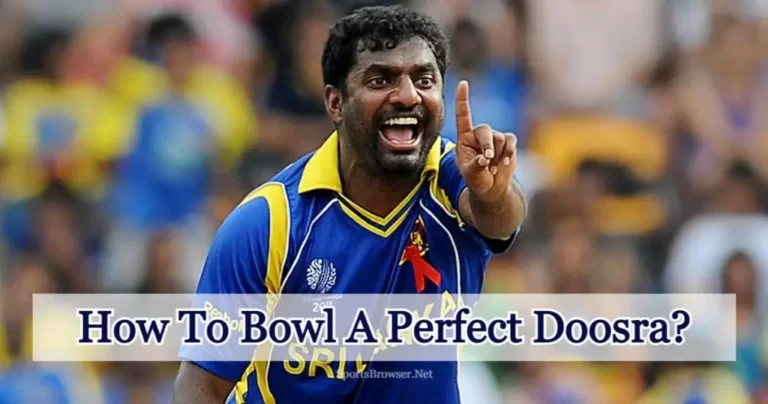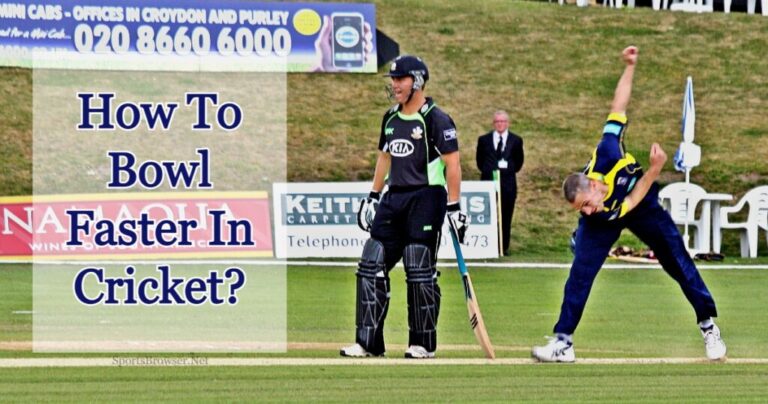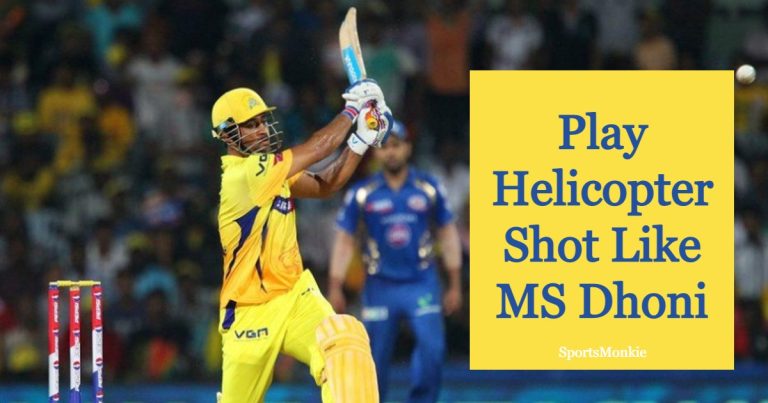Longest Six in Cricket History: List of Top 5 in Test,T20 and ODI
Cricket is one of the most entertaining sports. The thing due to which the cricket is become more entertaining is SIXES. Shahid Afridi holds the record of the longest six in cricket history. He achieved this milestone by hitting a 158m long six in a match against South Africa in 2013.
Top 5 Longest Six in Cricket History
| Rank | Player | Distance (meters) | Match Details |
|---|---|---|---|
| 1 | Shahid Afridi | 158 | South Africa vs Pakistan, 2013 |
| 2 | Brett Lee | 143 | Charity Match, 2005 |
| 3 | Martin Guptill | 127 | New Zealand vs South Africa (T20), 2012 |
| 4 | Corey Anderson | 122 | New Zealand vs India, 2014 |
| 5 | Yuvraj Singh | 120 | India vs Australia (T20), 2007 |
1. Shahid Afridi

Shahid Afridi, known for his aggressive batting style, holds the record for the longest six in international cricket. He sent a ball flying an astounding 158 meters during a match in South Africa in 2013.
2. Bret Lee

While he was primarily known as a fearsome fast bowler, Brett Lee proved his batting prowess when he hit a monstrous 143-meter six in a charity match in 2005. See Also: The Fastest Century in ODI Cricket
3. Martin Guptill

The New Zealand opener, Martin Guptill, is another powerhouse who makes our list. He smashed a six that traveled an astonishing 127 meters during a T20 match against South Africa in 2012.
4. Corey Anderson

Also hailing from New Zealand, Corey Anderson makes it to the list with a remarkable 122-meter six against India in Queenstown in 2014.
5. Yuvraj Singh

The Indian cricketer Yuvraj Singh left spectators in awe with a six that covered a distance of 120 meters during a T20 match against Australia in 2007.
How Are Cricket’s Longest Sixes Measured?
The distance a cricket ball travels when struck for a six is often measured from the point of impact to where the ball eventually lands. This measurement doesn’t account for the height the ball reaches but focuses solely on the horizontal distance. It’s an impressive sight when a player can clear the boundary with a single shot, and it’s the power-packed drives, pulls, and sweeps that make these feats possible.
Longest Six in T20

Chris Gayle, known for his explosive batting, holds the record for the longest six in T20 cricket. During the 2013 Indian Premier League (IPL), Gayle launched a massive 119-meter hit, demonstrating his remarkable power-hitting ability. This incredible feat has established him as one of the most feared batsmen in T20 cricket.
Longest Six in ODI
In One Day International (ODI) cricket, the record for the longest six is held by Shahid Afridi. On March 17, 2013, in the 3rd ODI against South Africa at Johannesburg, Afridi smashed the ball an astonishing 158 meters. This incredible distance set a new benchmark in international cricket for the longest six. See Also:What is a Free Hit in Cricket?
Longest Six in Test
The official record for the longest six in Test cricket belongs to Brett Lee of Australia. In a Test match against the West Indies at the Gabba in 2005, Lee hit a phenomenal six that crossed the rope by approximately 130-135 meters. His powerful strike sent the ball over the roof of the stands and into the practice nets outside the stadium, marking a historic moment in Test cricket.
The Science Behind a Long Six
Hitting a long six requires a combination of technique, timing, and strength. When a batsman connects the ball perfectly, it results in a powerful shot that can travel great distances. Several factors contribute to hitting a long six:
1. Bat Speed
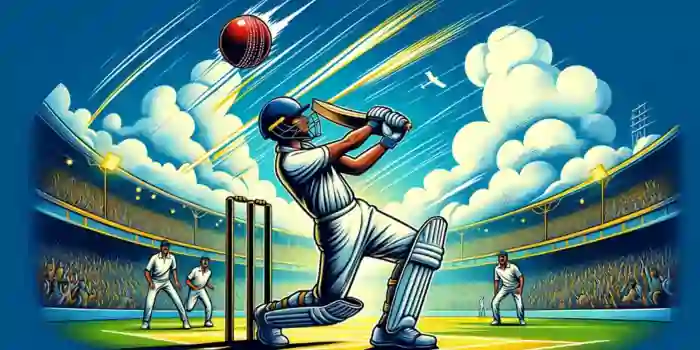
The faster the bat speed, the more power a batsman can generate. Swinging the bat with immense velocity can send the ball into orbit.
2. Timing
Precise timing is crucial. Hitting the ball in the “sweet spot” of the bat maximizes the energy transfer, allowing the ball to travel further.
3. Strength
A powerful physique plays a significant role in hitting long sixes. Stronger players can generate more force and send the ball soaring.
4. Pitch Conditions
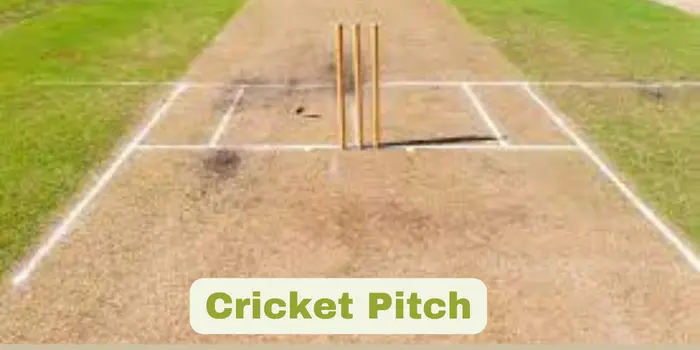
Pitch quality, boundary size, and weather conditions also impact the distance a ball can travel. A fast outfield can add extra yards to a shot.
Conclusion
The longest sixes in cricket are not just about power; they are a testament to the extraordinary skill and talent possessed by these remarkable players. The sheer force, timing, and technique required to clear the boundary ropes have provided cricket fans with unforgettable moments. While we may never definitively measure the longest six, we can continue to celebrate these awe-inspiring feats that make cricket the captivating sport it is.
FAQ’s
A. Shahid Afridi’s six in 1996 is often mentioned as one of the longest sixes in cricket history, but the record is not officially recognized.
A. Yes, several players have hit sixes that cleared the stadium boundaries. Corey Anderson’s shot in 2014 is a notable example.
A. The maximum recorded distance for a six is approximately 150 meters, but this figure is debated and unofficial.
A. The International Cricket Council (ICC) has imposed size restrictions on bats to maintain balance between bat and ball.
A. While it’s rarer, some fast bowlers with powerful shots have hit long sixes. Brett Lee’s strike in 2005 is a famous example.



